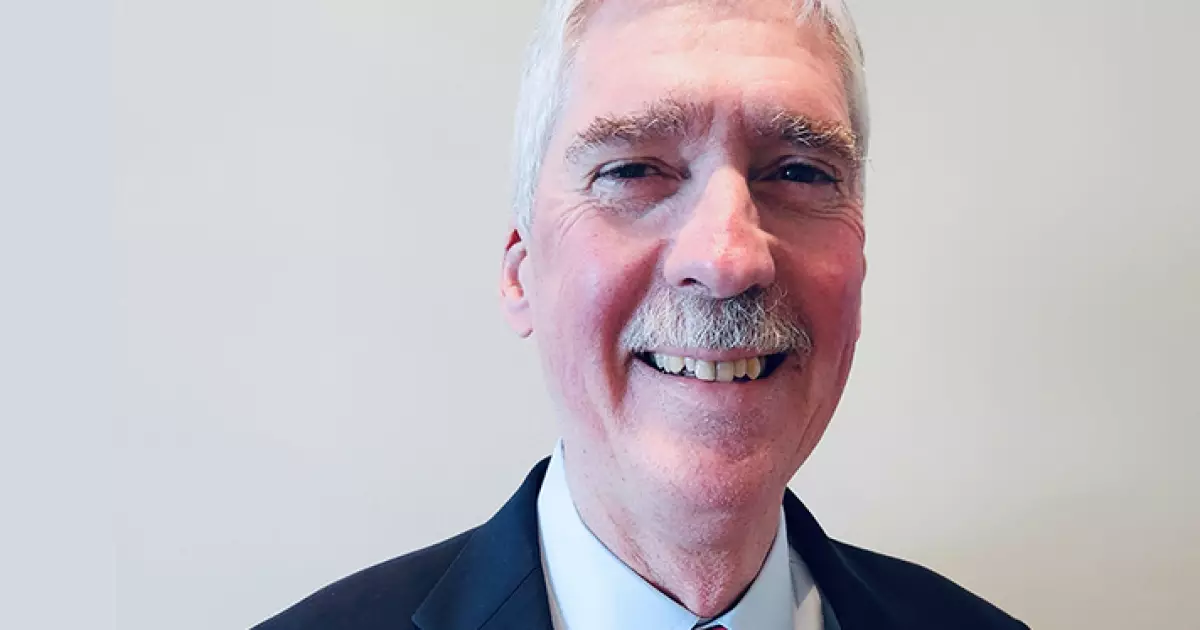Saybrook Fund Advisors LLC has shaken the high-yield municipal bond market by bringing on the revered Bill Black to spearhead their newly minted separately managed account (SMA) strategy. With decades of experience and a deep understanding of the unique landscape surrounding distressed and high-yield municipal bonds, Black stands at the forefront of a potentially transformative approach to asset management. His insights shouldn’t just be considered noise in the industry; they echo a burgeoning shift toward personalized investment strategies that prioritize security and long-term investor engagement.
The move signifies a commitment to innovation in a field still largely dominated by traditional high-grade bonds. Saybrook’s backers have understood that the expertise of a seasoned manager like Black—whose prior roles include steering high-yield portfolios at city-centric financial institutions—could yield exceptional returns in the murky waters of distressed assets. This transition marks a crucial pivot point for investing in high-yield munis, especially as the appetite for more tailored, hands-on management continues to grow robustly.
Rethinking the High-Yield Landscape
Investors have reason to be excited: separately managed accounts present an opportunity to dynamically respond to market fluctuations without the bureaucratic limitations often seen in mutual funds. The recent surge in SMA assets now totaling an impressive $1.63 trillion encapsulates this excitement, but a significant imbalance exists; a mere fraction of these accounts focuses on high-yield options. This scarcity should not be overlooked, as it emphasizes the enormous potential that Black and Saybrook are poised to exploit.
Black’s calculated approach, which promises a hands-on regime in a market littered with high-grade options, aims to draw in brave investors who are willing to traverse the uncharted territory of junk-rated municipal bonds. His assertion that only a handful of portfolio managers specialize in this arena should set off alarm bells for seasoned investors—this is not merely expanding an existing portfolio but pioneering an entirely different strategy that could cater to a much niche clientele.
The Strength of Long-Term Investor Commitment
One of the standout advantages of the new SMA approach lies in its ability to stabilize fund performance amid the tumultuous waves of investor sentiment. Black has astutely noted that traditional mutual funds are often at the mercy of redemption cycles, where investors withdraw amidst market fear, forcing managers to sell off securities at potentially unfavorable prices. This system breeds volatility—something that a high-yield SMA strategy could drastically alleviate.
By attracting long-term investors who wade into these bonds with the intent to hold, Saybrook insulates itself from the whims of the broader market. If Black’s calculations prove correct, Saybrook’s new venture not only elevates the importance of high-yield strategies but also highlights the indispensable role of investor loyalty in volatile times.
A Focus on Distressed Assets: A Calculated Risk
What sets Saybrook apart in their high-yield strategy is an unflinching willingness to engage with the distressed, the uncertain, and the potentially profitable assets that others might shy away from. Words like “headline risk” are often the enemy of many fund managers who prefer to play it safe, but Saybrook openly embraces these challenges with a commendable degree of fearlessness and acumen.
The firm’s eagerness to delve into sectors like senior living and land-backed deals reflects a strategic mindset that perceives opportunity where others see obstacles. As Schotz notably put it, their mandate is “very flexible,” which signals a readiness to adapt to the ever-changing narratives within the high-yield market landscape. It is this kind of audacious maneuvering that epitomizes innovative finance, portending the advantages of informed risk-taking in distressed sectors.
Change Is afoot in High-Yield Markets
The implications of Saybrook’s new strategy ripple beyond its immediate engagements; they signal a broader transformation within the high-yield municipal bond market. With established Wall Street behemoths increasingly distancing themselves from high-yield products, new players like Saybrook emerge not only to fill the void but to redefine what success looks like in this niche.
Bill Black’s keen observations on current market liquidity and investor behaviors suggest that we are on the brink of a sea change. If liquidity remains unwavering leading into downturns, then the game of high-yield investing may rewrite its own rules—where creative, unconventional approaches take precedence over the cookie-cutter strategies that have remained popular in decades past.
In calling out the need for tailored management, focusing on both relationships and opportunities, Saybrook and Black are steering their ship toward uncharted waters—waters that could reveal bountiful treasures for investors brave enough to embark on this new journey.

